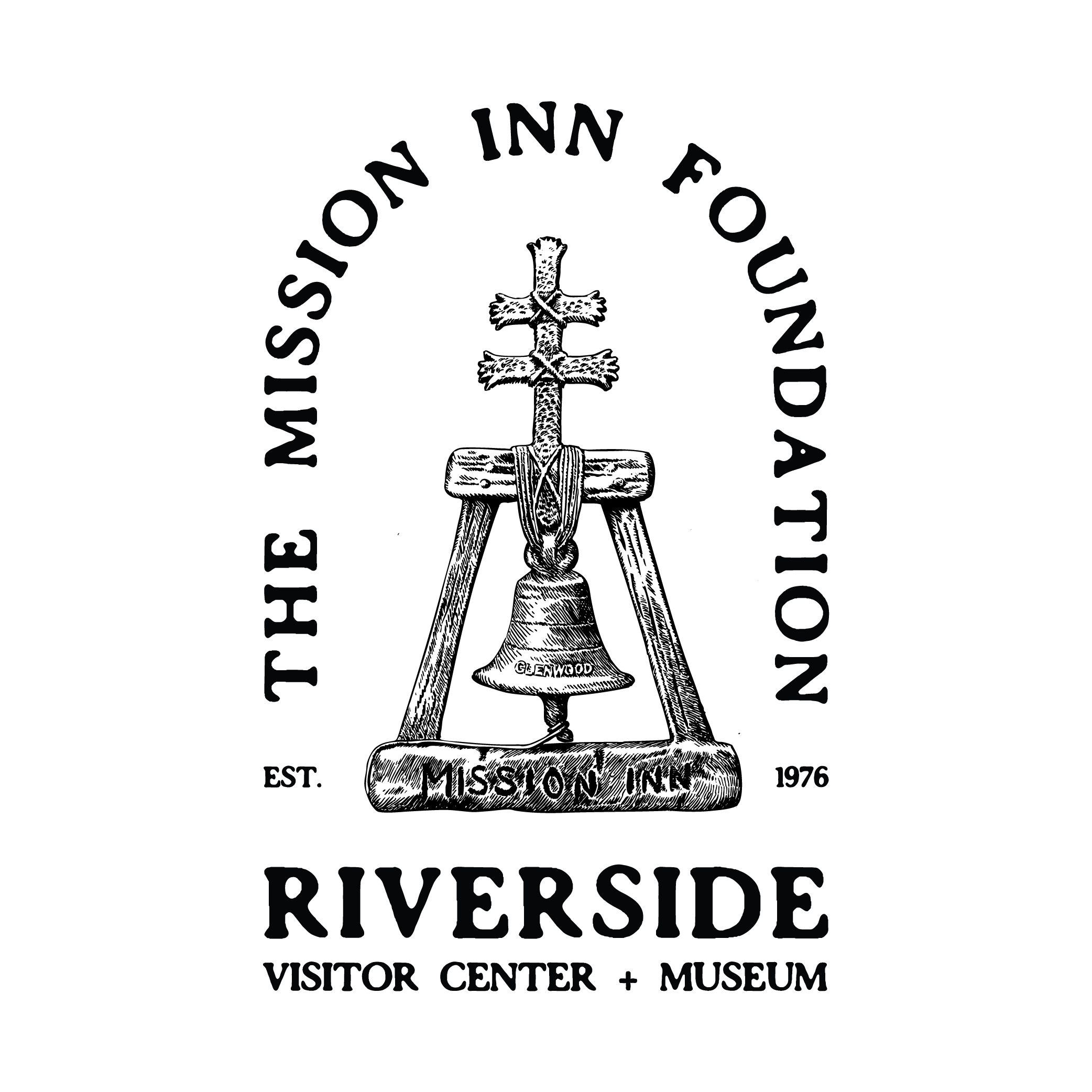The Mission Inn Foundation was established in 1976 to support the preservation and restoration of the historic Mission Inn, and initially to oversee its operation under the City of Riverside’s Redevelopment Agency. In December 1992, Duane Roberts purchased the Mission Inn Hotel & Spa, which remains privately owned today. The Mission Inn Museum, operated by the Foundation, opened in 1993 alongside the reopening of the hotel after a seven-year restoration. In October 2024, the Museum relocated to 3750 Market Street. The Mission Inn Foundation continues to preserve the legacy of the Mission Inn and its founder, Frank Miller, through a variety of programs, including daily downtown tours, monthly public events, the Hands On History educational initiative, and the stewardship of its extensive collection of art, artifacts, and archival materials related to both the hotel and Riverside’s history.
Adopted by the Mission Inn Foundation Board of Trustees, June 28, 2008.
The Mission Inn Foundation preserves, interprets, and promotes the cultural heritage of the Mission Inn, Riverside, and the surrounding southern California communities through its museum services, educational programs, and outreach activities.
Stephanie Starbuck, Visitor Services Manager
Mariana Gonzalez, Visitor Center and Store Manager
Steve Lech, Director of Docent Training

The Mission Inn Foundation, a 501c3 non-profit organization, was founded in 1976 to preserve, interpret, and promote the cultural heritage of the Mission Inn.
© All Rights Reserved.